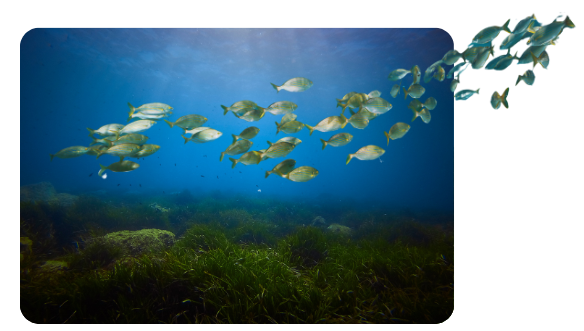Project
The Changing Arctic Ocean Seafloor (ChAOS) – how changing sea ice conditions impact biological communities, biogeochemical processes and ecosystems

Project Start: February 2018 | Project End: January 2021
Project Funder: NERC
Principal Investigator: Professor Steve Widdicombe
Other Participants: Louise McNeill, Christine Pascoe, Dr Helen Parry, Dr Karen Tait, Dr Ruth Airs, Joana Nunes, Sarah Dashfield
The ChAOS project will focus on how climate change and diminishing sea ice affects impact biological communities, biogeochemical processes and ecosystems in the seafloor environment.
Some of the clearest signs of change are the thinning and retreat of sea ice and the migration of species into the Arctic that normally live at lower latitudes. These changes are likely to have an unprecedented impact on how the Arctic ecosystem operates. For example, as the fastest warming oceanic region in the world, the Arctic could be free of sea ice in summer within a few decades. This change is likely to affect the UK climate and economy, with anticipated impacts on industries like tourism and fisheries.
ChAOS is a collaboration of modellers, biologists and geochemists at eight UK research institutes which will study the effect of retreating and thinning sea ice on the seafloor ecosystem. The focus of the PML team is on the impacts of ice loss on the biodiversity and functioning of coastal Arctic seabed sediments, organisms and nutrient cycling, as well as using chemical pigments to determine the sources and fate of organic matter.
